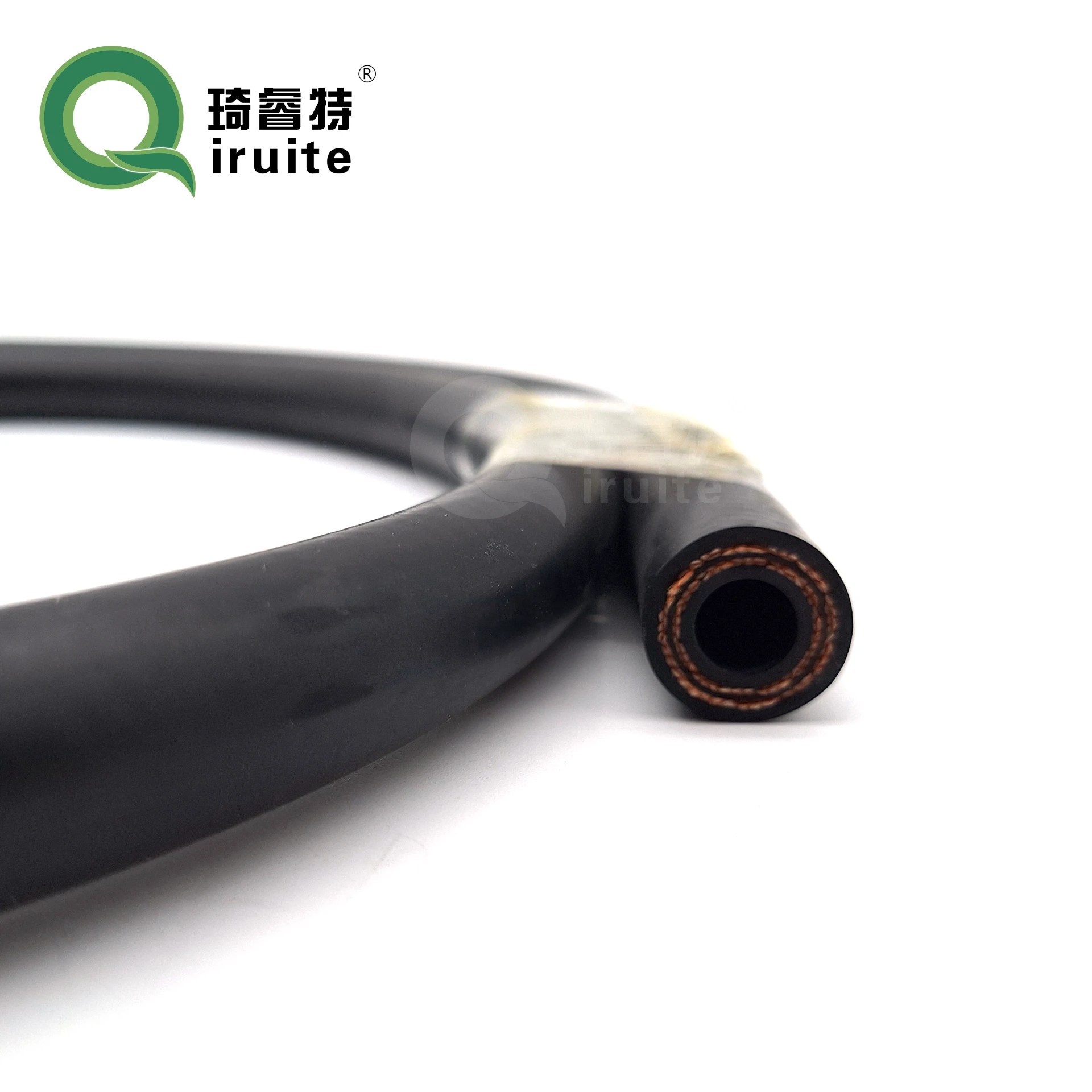Understanding SAE J1401 Standards for Hydraulic Brake Systems in Automotive Applications
Understanding SAE J1401 An Overview of Brake Hydraulic Hoses and Tubing
The SAE J1401 is a crucial standard in the automotive industry that governs the specifications for brake hydraulic hoses and tubing. As one of the most significant elements in vehicle safety, understanding this standard is essential for manufacturers, engineers, and consumers alike. In this article, we will explore the key aspects of SAE J1401, its importance, and its implications for vehicle performance and safety.
The Importance of SAE J1401
The SAE J1401 standard is developed by the Society of Automotive Engineers (SAE), an organization that sets technical standards for vehicles. Specifically, J1401 pertains to the design, construction, and testing of hydraulic brake hoses used in automotive applications. These hoses are integral to the braking system and facilitate the transfer of hydraulic fluid under pressure, which is necessary for effective braking.
One of the primary reasons for the establishment of the J1401 standard is safety. Brake failure can lead to catastrophic accidents, which is why ensuring the reliability of brake components is non-negotiable. By adhering to the specifications outlined in J1401, manufacturers can ensure that their products perform consistently under a range of conditions, including temperature fluctuations, pressure variations, and exposure to potentially harmful environments.
Key Specifications of SAE J1401
SAE J1401 sets forth specific criteria for materials, construction, testing, and performance of hydraulic brake hoses. Some of the critical specifications include
1. Material Requirements The hoses must be made of durable materials that resist aging, heat, and corrosion. The inner lining should prevent fluid permeation, while the outer layer should offer protection against environmental factors, such as abrasion and chemicals.
2. Construction Standards The hoses must be constructed in a manner that ensures flexibility without compromising strength. This often includes the use of reinforcing materials to prevent wear and tear.
sae j1401 1 8

3. Pressure Ratings The standard outlines the pressure ratings that hoses must meet, ensuring that they can handle the high pressures typically found within hydraulic braking systems. This aspect is crucial for ensuring that the hoses do not burst or fail under extreme conditions.
4. Testing Protocols J1401 establishes rigorous testing protocols to evaluate the performance of hydraulic hoses. These tests assess factors such as pressure endurance, burst strength, and resistance to environmental conditions.
5. Compatibility with Brake Fluids The hoses must be compatible with various types of brake fluids, including both glycol-based and mineral oil-based fluids. This ensures that they will not degrade or become compromised over time.
Implications for Vehicle Manufacturers
For vehicle manufacturers, adherence to SAE J1401 is vital. Not only does it enhance the safety and reliability of their vehicles, but it also helps to build consumer trust. Vehicles equipped with components that meet or exceed J1401 standards are perceived to be of higher quality, which can positively impact brand reputation.
Moreover, compliance with SAE J1401 can also have regulatory benefits. Different countries have their own safety standards, and aligning with recognized global standards like J1401 can facilitate smoother entry into international markets. This is particularly important as the automotive industry becomes increasingly globalized, with manufacturers aiming to expand their footprint worldwide.
Conclusion
In summary, SAE J1401 plays an essential role in ensuring the safety and effectiveness of hydraulic brake systems in vehicles. The standard’s comprehensive specifications for materials, construction, and performance help to ensure that hydraulic hoses can withstand the rigors of automotive use. For manufacturers, compliance with J1401 not only enhances vehicle safety but also fosters consumer confidence and aids in regulatory compliance.
As the automotive industry continues to evolve, understanding and implementing standards like SAE J1401 will be critical to developing safe, reliable, and high-performance vehicles. Whether you are a manufacturer, engineer, or consumer, being informed about these standards is vital for making knowledgeable decisions regarding automotive safety and performance.
-
Ultimate Spiral Protection for Hoses & CablesNewsJun.26,2025
-
The Ultimate Quick-Connect Solutions for Every NeedNewsJun.26,2025
-
SAE J1401 Brake Hose: Reliable Choice for Safe BrakingNewsJun.26,2025
-
Reliable J2064 A/C Hoses for Real-World Cooling NeedsNewsJun.26,2025
-
Heavy-Duty Sewer Jetting Hoses Built to LastNewsJun.26,2025
-
Fix Power Steering Tube Leaks Fast – Durable & Affordable SolutionNewsJun.26,2025

